For all our aviation’s technical achievements over the years, sometimes the best aircraft succeed through minimalist design that triumphs in complicated situations. Take the Caribou. It was built in Canada by Hawker de Havilland but squarely focused on being able to land on rough dirt runways right near the battlefield. It may not be glamorous, but it was often a vital tool to resupply troops and evacuate the injured when help was required at breakneck speed.
Chief of Air Force Air Marshal Mel Hupfeld tells Australian Aviation he’s a fan.
This content is available exclusively to Australian Aviation members.
Subscribe to Australian Aviation for unlimited access to exclusive content and past magazines.Login
Become a Member
To continue reading the rest of this article, please login.
Comments (12)
Comments are closed.
You don't have credit card details available. You will be redirected to update payment method page. Click OK to continue.




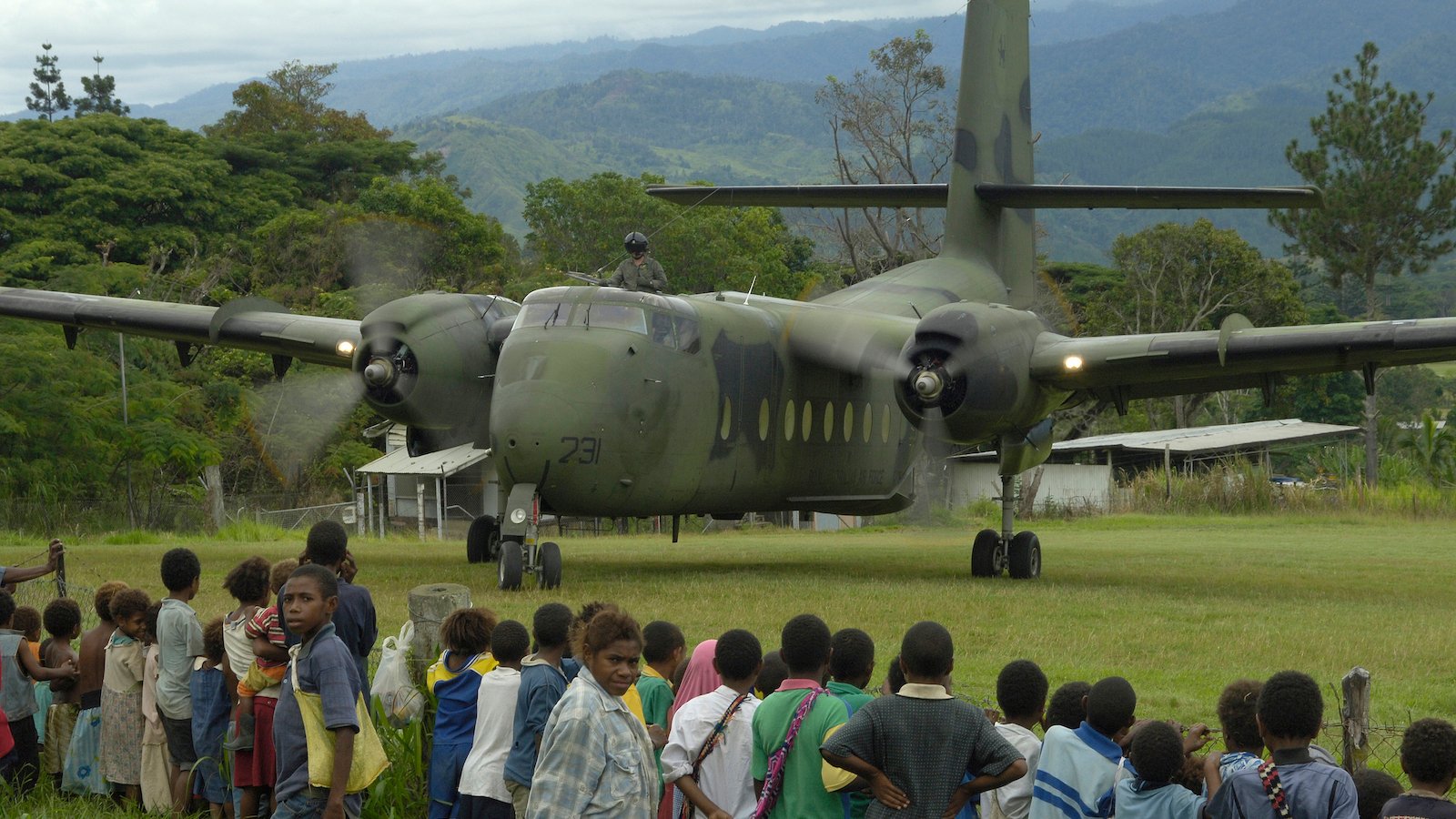





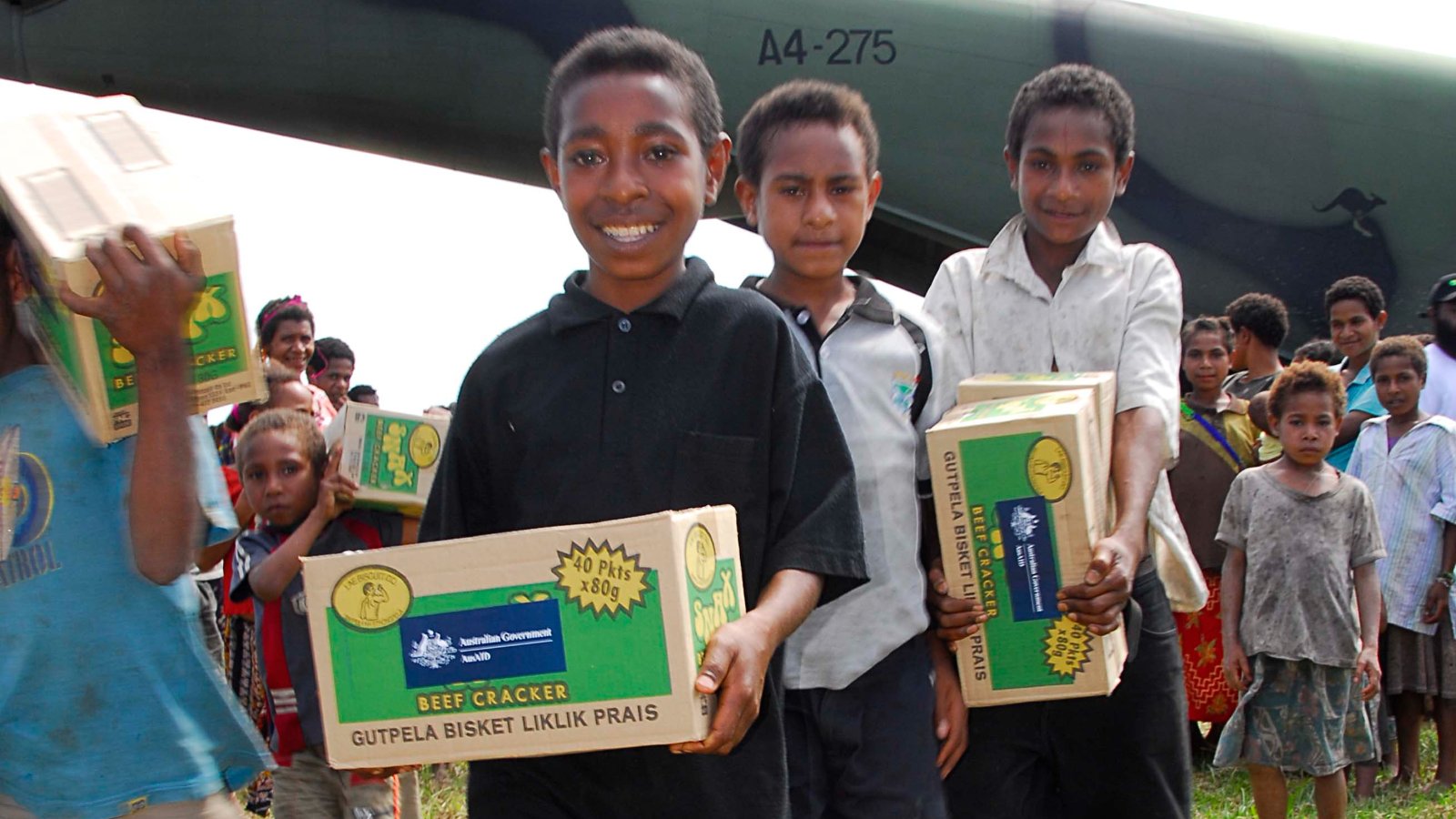
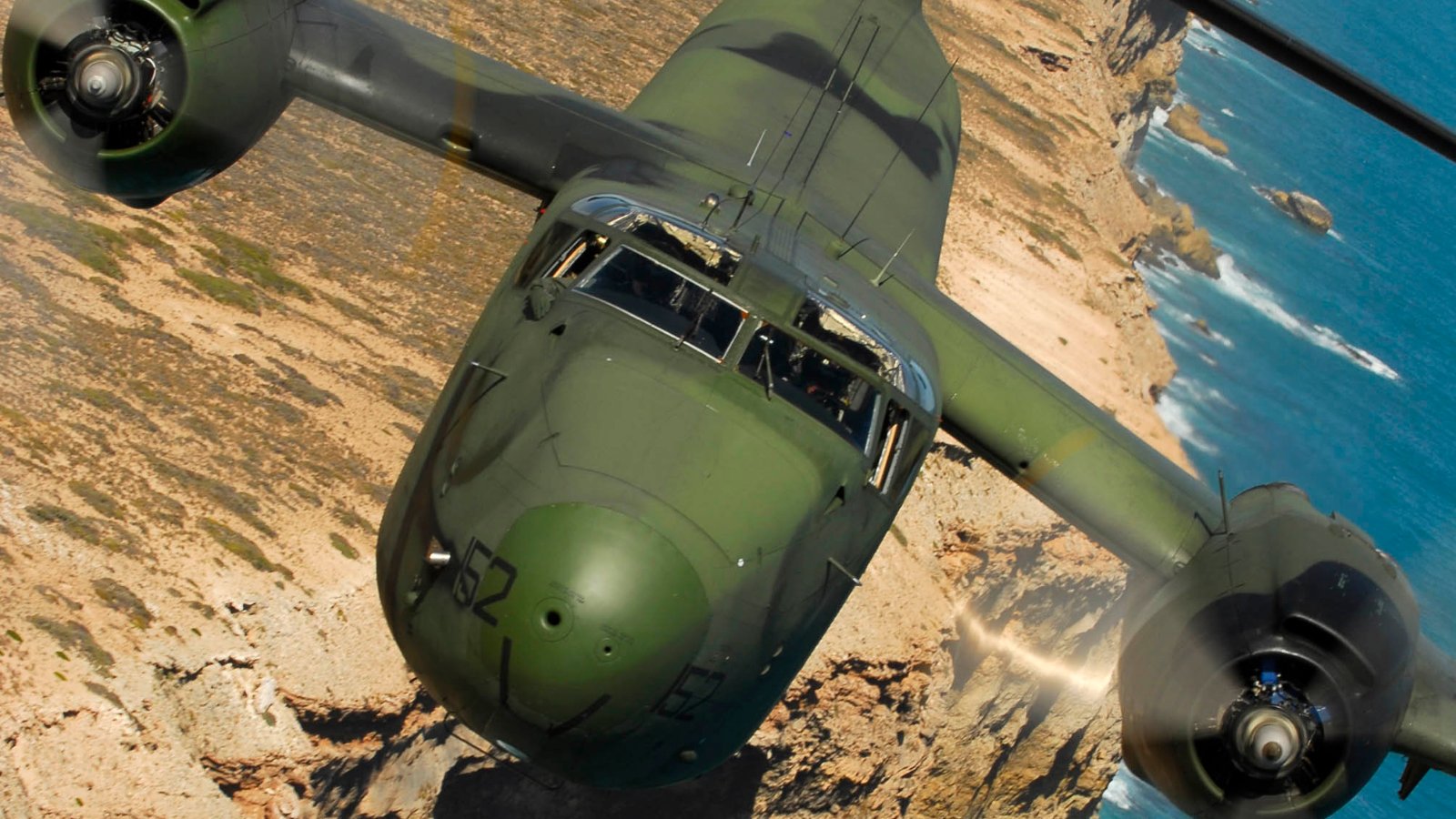
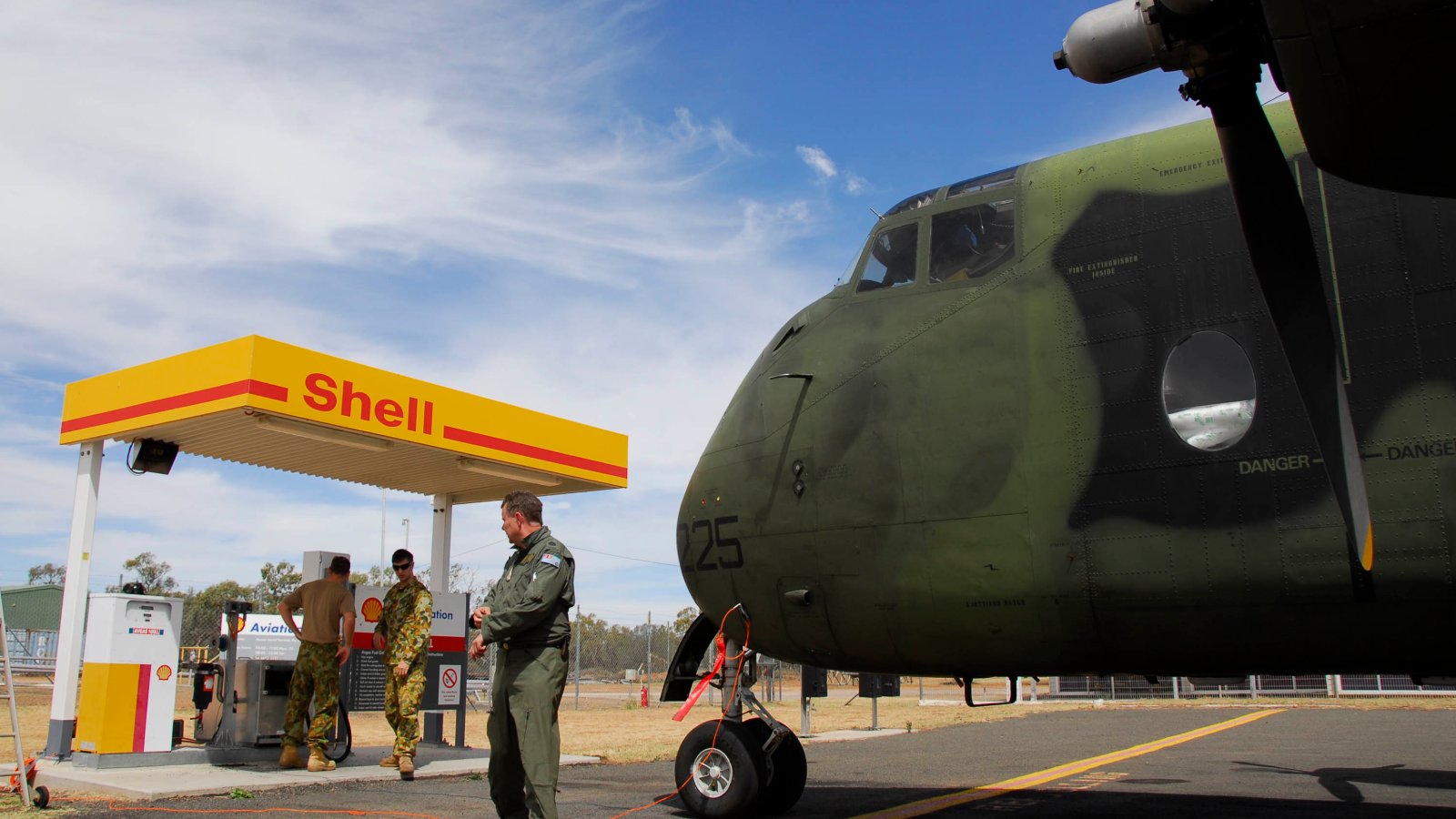
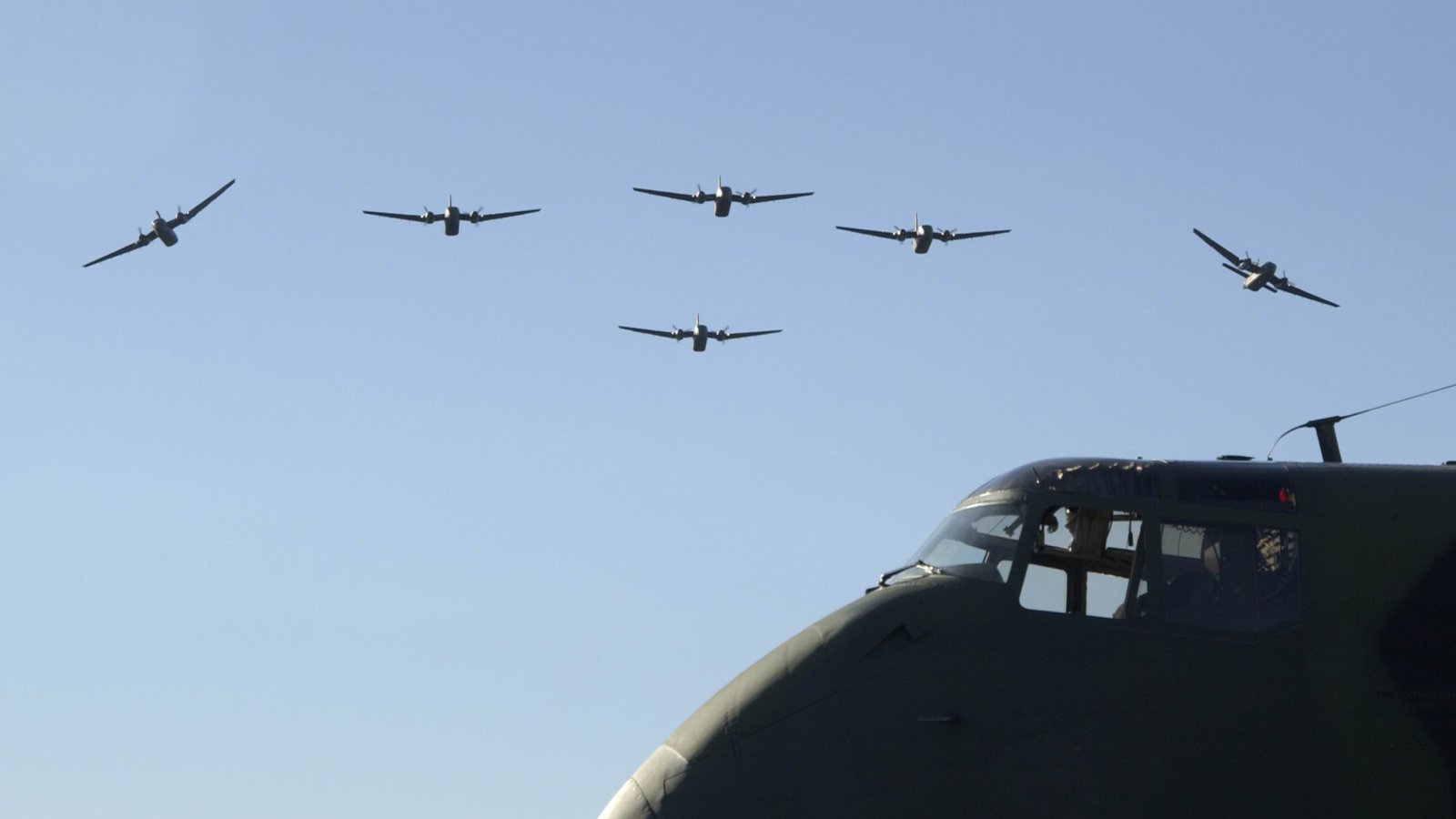









Col Coyne
says:In this year of the Air Force Centenary the Hercules celebrates 63 years of service in that centenary.
Later this year, in July, 37SQN will celebrate 55 years of C-130 Operations, a magnificent achievement by not only the Aircrew who flew, and continue to fly the C-130J, but also the maintenance personnel who have serviced the airframes over the last 55 years and the support staff, all of whom have contributed to the safe operation of the RAAF C-130s since 1958.
Each and every one of them should be extremely proud of their contribution to this achievement, which is the envy of C-130 operators world wide.
alan k griffiths
says:great photos and great history of the Caribou thanks for sharing
alan k griffiths
says:GREAT AIRCRAFT LOVED THEM 2 ND RAAF AIRCRAFT I GOT TO RIDE IN NO 1 WAS THE MIGHTY DC3
alan k griffiths
says:HOPE THE CANADIANS LOOK AFTER THEM THEY WERE A BIG PART OF NEWCASTLE GOOD TO SEE MATT HALL IN THOSE GREAT PHOTOS
Colin White
says:Three C130E , wonder where the other nine I flew came from, this is the worst article on the C130 I have ever read, C130 E did short dirt strip landings too as well as paratroops and air drop, poorly researched and very poorly written. Don’t trust a word of this article
Colin White
says:3 C130E, what happened to the other 9 I flew?
C130E could also do short dirt fields, paratroops and airdrop, very poorly researched and written article with next to no actual facts about C130 ops
Gordon Mackinlay
says:I whilst employed as a UN )Officer flew in a former RAAF Caribou in Liberia (West Africa), it had been totally rebuilt in Malta to same standard as proposed for the RAAF force in the early 1990’s. Turbo-prop engines, new avionics and completely rewired, all panels, flooring etc had been placed on jigs and refurbished. The various European pilots and ground crew, all younger than the Caribous flown there. They considering that it vastly superior to the G-222 which had been rebuilt to the same standard as a C27-J (a former Libyan G.222 aircraft that had been in storage for many years, and had very low hours on the original airframe.) Two of the pilots (a Greek and a Italian) had flown the C-27J in their own air forces, and considered the Caribou a superior military tactical transport, one of the company’s executives stated that it had been considerably cheaper to convert (after buying) the Caribou than to buy a new Airbus C-295, and its operating costs some 35% less than the converted C-27.
And the great thing about their Caribou, it was really quiet and it did not vibrate. With the late model Pilatus PC-6 Porter fleet, the company could fly into any location in Liberia and Sierra Leone.
Gordon Mackinlay
says:I whilst employed as a UN Field Officer flew in a former RAAF Caribou in Liberia (West Africa), it had been totally rebuilt in Malta to same standard as proposed for the RAAF force in the early 1990’s. Turbo-prop engines, new avionics and completely rewired, all panels, flooring etc had been placed on jigs and refurbished. The various European pilots and ground crew, all younger than the Caribous flown there. They considering that it vastly superior to the G-222 which had been rebuilt to the same standard as a C27-J (a former Libyan G.222 aircraft that had been in storage for many years, and had very low hours on the original air frame.) Two of the pilots (a Greek and a Italian) had flown the C-27J in their own air forces, and considered the Caribou a superior military tactical transport, one of the company’s executives stated that it had been considerably cheaper to convert (after buying) the Caribou than to buy a new Airbus C-295, and its operating costs some 35% less than the converted C-27.
And the great thing about their Caribou, it was really quiet and it did not vibrate. With the late model Pilatus PC-6 Porter fleet, the company could fly into any location in Liberia and Sierra Leone.
Stuart
says:You are aware that photo 3 is of an F/A-18E, Which the RAAF has never operated.
Stuart
says:And photo 6 is an F/A-18F Super Horent from 1SQN
Raymond Lang Jones.
says:Proud of RAAF.
Proud to be an Australian.
What more can I say ?
Thank you.
Ray Jones.
Robert Smith
says:Just awesome!
I got carted around in C-130’s, as an Army brat, several times. This aircraft will always engender fond memories.
Keep up the great work, RAAF in general and the “Herc” in particular!